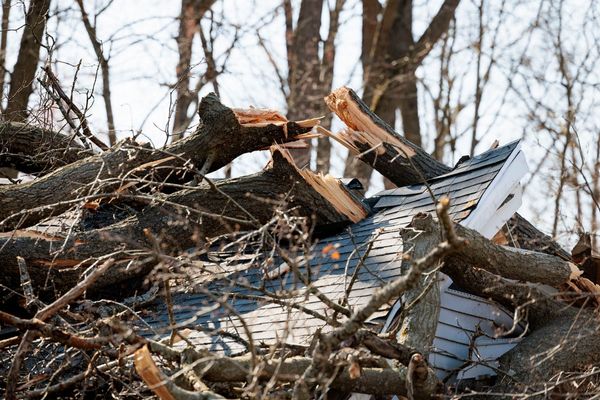The unemployment rate could be in the "low threes" by the end of this year, new job advertising figures suggest.
The ANZ jobs ad series produced a 0.4 per cent increase in March, coming off an upwardly revised 10.9 per cent gain in February.
Job ads are now 57.5 per cent higher than their pre-COVID-19 levels in January 2020.
Other recent gauges for worker demand have been equally upbeat.
Last week's 2022/23 federal budget showed Treasury expects the labour market to tighten further, forecasting the unemployment rate to reach 3.75 per cent in the September quarter and remain there until the middle of the decade.
"We are more optimistic, forecasting an unemployment rate in the low-threes by the end of this year," ANZ senior economist Catherine Birch said.
She said this presented upside risks to the budget's revenue forecasts.
The jobless rate currently stands at a 14-year low of four per cent.
Some economists expect a sub-four per cent unemployment rate could come in the March labour force figures due on April 14, which would be the lowest level since 1974.
Meanwhile, the Australian Bureau of Statistics confirmed retail trade grew by 1.8 per cent in February in an update released on Monday.
Figures originally posted last month showed sales rose to $33.1 billion in February, which was the second-highest month on record with spending regaining momentum after the Omicron variant outbreak peaked.
The Australian Institute of Petroleum will also release its weekly petrol prices report, the first since Treasurer Josh Frydenberg announced a halving of fuel excise for six months in last week's budget.
This was in response to petrol prices spiking above $2 litre as a result of higher global oil prices sparked by the war in Ukraine.
However, Mr Frydenberg admitted that the 22 cents a litre reduction will take a couple of weeks to feed through the system.
Even so, prices are already declining from record highs before the budget announcement, with the average national petrol price falling 5.8 cents per litre to 206.7 cents.
The reduction in fuel excise is part of an $8.6 billion cost-of-living support package.







